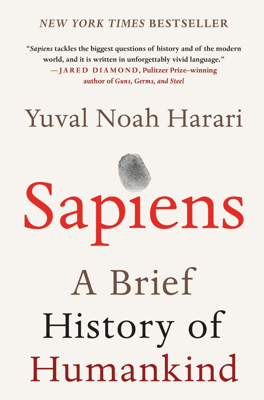There Is No Justice in History
Historical Injustice and Imagined Hierarchies
Human history, particularly post-Agricultural Revolution, features mass-cooperation networks that lack biological instincts for sustenance but are maintained through imagined orders and scripts. These societal constructs, however, are not based on fairness or justice but rather enforce arbitrary hierarchies that advantage certain groups over others.
Although these hierarchies (like caste, race, and gender) are presented as natural or divinely ordained, they are fictional constructs. For example, systems such as Hammurabi's Code established norms that differentiated individuals into superior, commoners, and slaves, and similar discriminatory practices were seen in the American Declaration of Independence. These imaginations assert that different human beings belong to distinct categories, inherently possessing varying degrees of worth, intelligence, and rights.
The Persistence of Discrimination
Such imagined order and hierarchies are perpetuated across time and societies, becoming more deeply embedded and accepted as 'natural' due to consistent reinforcement through cultural, educational, and political means. This reinforcement often claims that the basis of these hierarchies lies in unchangeable natural laws or gods' wills, hiding their artificial origins.
These hierarchical distinctions have significant real-world implications—they dictate how individuals perceive others and interact daily. People rely on these social cues, which dictate behaviors and status, such as distinguishing a potential flower buyer from a messenger by their appearance.
Malleable and Immutable Aspects of Human Categories
The distinction between 'sex'—a biological category, and 'gender'—a cultural one, is crucial. While biological differences between male and female are relatively fixed, the attributes associated with men and women are culturally derived and highly flexible. Societies allocate roles, rights, and duties based on these cultural constructs rather than biological imperatives, leading to systematic discrimination where 'man' and 'woman' provide or restrict opportunities in vastly unequal measures.
This gender hierarchy has been a constant feature across most human societies, valuing traditionally masculine contributions over feminine ones. Despite the biological capability for leadership and cooperation seen in other species (like elephants and bonobos), where female-led societies are common, human societies have predominantly been patriarchal.
Sociocultural Investments in Gender Roles
The division and valuation of gender roles are deeply ingrained through cultural education and societal norms. These roles dictate that to be recognized as a 'man' or a 'woman,' individuals must continually prove and perform these identities according to societal expectations, which are generally skewed to favor masculine roles.
Summary Reflections
The persistence of gender and other hierarchies despite their fictional origins suggests a complex interaction between culture, history, and biology that human societies have codified into rigid systems of discrimination and inequality. These systems, while historically presented as natural, are increasingly recognized as constructs that can be dismantled or reimagined, as evidenced by the rapid changes in gender roles and rights in modern societies.
